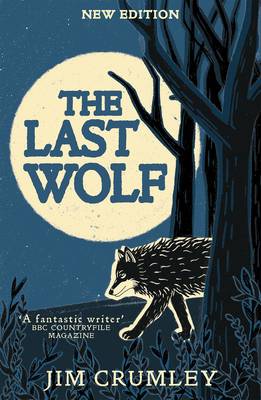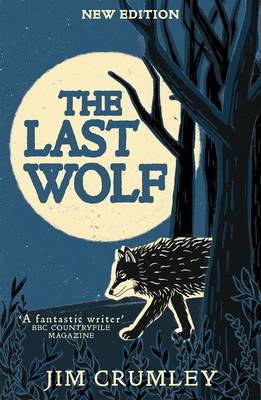
- Afhalen na 1 uur in een winkel met voorraad
- Gratis thuislevering in België vanaf € 30
- Ruim aanbod met 7 miljoen producten
- Afhalen na 1 uur in een winkel met voorraad
- Gratis thuislevering in België vanaf € 30
- Ruim aanbod met 7 miljoen producten
Zoeken
Omschrijving
New and updated edition.
In 1743, according to legend, the last wolf in Scotland was killed by a huntsman near Inverness. Long regarded in folk takes and history as a slayer of babies, a robber of graves, a devourer of battlefield dead, its extinction was widely celebrated. But since then, deer have multiplied, destroying the vegetation on which an array of wildlife depends, and it is clear that the entire Highland ecosystem has been thrown off balance by the elimination of a top predator.
Jim Crumley believes the old stories are pure fiction - a distortion of reality which prevents people from thinking rationally about the huge benefits wolves could bring. With reference to wolves in other cultures and places, from the south-west of England to Scandinavia and North America, this is a passionate polemic which argues for the return of the wolf to heal the damaged land.
In 1743, according to legend, the last wolf in Scotland was killed by a huntsman near Inverness. Long regarded in folk takes and history as a slayer of babies, a robber of graves, a devourer of battlefield dead, its extinction was widely celebrated. But since then, deer have multiplied, destroying the vegetation on which an array of wildlife depends, and it is clear that the entire Highland ecosystem has been thrown off balance by the elimination of a top predator.
Jim Crumley believes the old stories are pure fiction - a distortion of reality which prevents people from thinking rationally about the huge benefits wolves could bring. With reference to wolves in other cultures and places, from the south-west of England to Scandinavia and North America, this is a passionate polemic which argues for the return of the wolf to heal the damaged land.
Specificaties
Betrokkenen
- Auteur(s):
- Uitgeverij:
Inhoud
- Aantal bladzijden:
- 256
- Taal:
- Engels
Eigenschappen
- Productcode (EAN):
- 9781780279817
- Verschijningsdatum:
- 5/04/2026
- Uitvoering:
- Paperback
- Formaat:
- Trade paperback (VS)
- Afmetingen:
- 130 mm x 198 mm
- Gewicht:
- 230 g

Alleen bij Standaard Boekhandel
+ 27 punten op je klantenkaart van Standaard Boekhandel
Beoordelingen
We publiceren alleen reviews die voldoen aan de voorwaarden voor reviews. Bekijk onze voorwaarden voor reviews.








